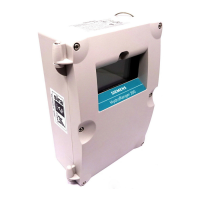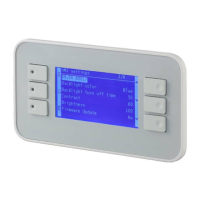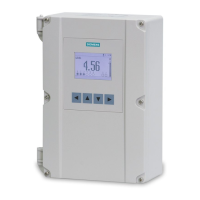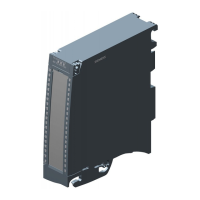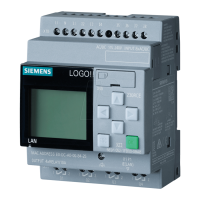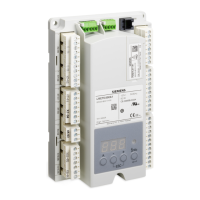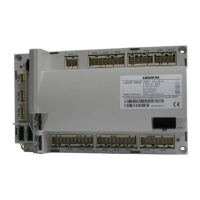hwc_mitigator.fm
A31003-W1040-U101-1-7619, July 2006 DRAFT
HiPath Wireless Controller, Access Points and Convergence Software V4.0, C10/C100/C1000 User Guide
217
Working with the Mitigator
Mitigator overview
10 Working with the Mitigator
This chapter describes Mitigator concepts, including:
● Mitigator overview
● Enabling the Analysis and data collector engines
● Running Mitigator scans
● Analysis engine overview
● Working with Mitigator scan results
● Working with friendly APs
● Viewing the Mitigator list of third-party APs
● Maintaining the Mitigator list of APs
● Viewing the Scanner Status report
10.1 Mitigator overview
The Mitigator is a mechanism that assists in the detection of rogue access points. It includes
the following three components:
● The wireless AP runs a radio frequency (RF) scanning task. The wireless AP itself also
functions as a scan device, alternating scan functionality while providing its regular service
to the wireless devices on the network.
● The HiPath Wireless Controller runs a data collector application that receives and
manages the RF scan messages sent by the wireless AP. The scan data includes lists of
all connected wirless APs, third-party APs, other friendly APs, and the RF scan information
that has been collected from the wireless APs. The data collector also informs the Analysis
Engine of all the connected and unconnected access points, third party APs, and
connected clients configured on the controller on which the data collector is running.
● The HiPath Wireless Controller runs an Analysis Engine that processes the scan data from
the data collector through algorithms that make decisions about whether any of the
detected APs or clients are rogue APs or are running in an unsecure environment (for
example, ad-hoc mode).
>
In a network with more than one HiPath Wireless Controller, it is not necessary for
the data collector to be running on the same controller as the Analysis Engine. One
controller can be a dedicated Analysis Engine while the other controllers run data
collector functionality. No more than one Analysis Engine can be running at a time.
You must ensure that the controllers are all routable.

